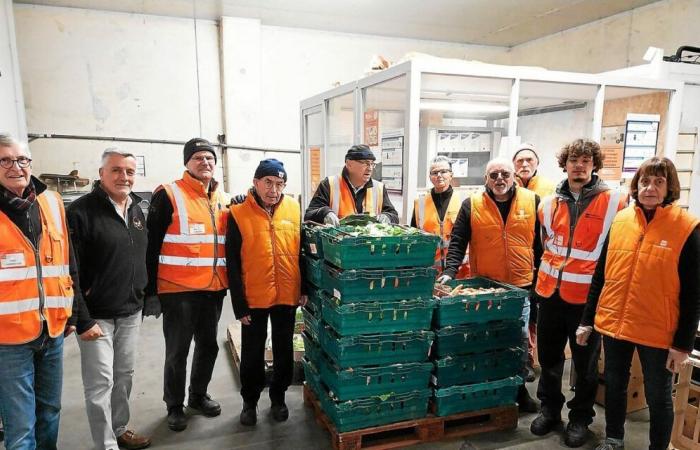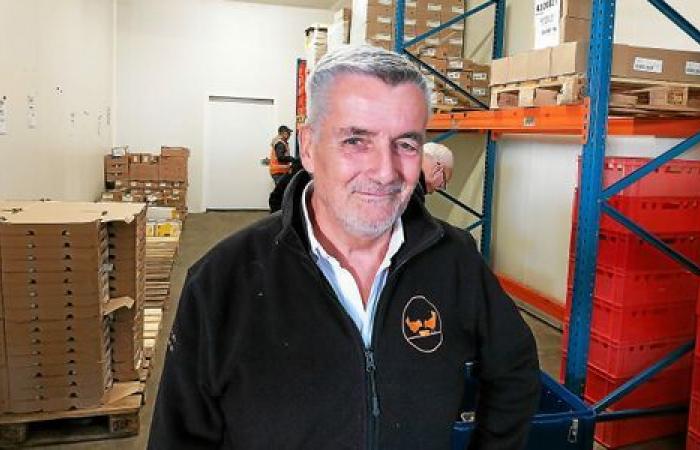November 22, 23 and 24, 2024 will be crucial days for the Morbihan Food Bank. During these three days set aside for the major national collection, nearly 3,000 volunteers will be mobilized, at the entrances of 180 medium and large stores in the department, to collect canned meat and fish and vegetables and other dry products (pasta, rice, etc.).
Crucial because this national collection represents 17% of the overall collection
a far from negligible part to enable the Food Bank to fulfill its mission: supporting 18,343 beneficiaries (i.e. 6,320 meals distributed per day) via the 230 partners that are the 45 CCAS of the department, their 165 satellites, ten grocery stores social and 17 associations.
Objective: 180 tonnes
Franck Gaillard, president of the Morbihan Food Bank. (Le Télégramme/Bertrand Le Bagousse)
“The State will pay €50,000 in 2024 for the purchase of food for students,” specifies Franck Gaillard, president of the Morbihan Food Bank. Because of the 18,343 beneficiaries, more than 800 are students (650 in Lorient and 150 in Vannes).
This national collection will not be the only one of the year: the Food Bank will repeat, on April 11 and 12, the experiment tried in 2023, namely a spring collection, focused on breakfast foods.
New premises in 2026
Tenant of its current premises located in the Prat area, in Vannes, the Food Bank has owned, since October 7, 2024, a building in the Poteau area, in Saint-Avé. It will move there in the fall of 2026, giving it time to develop these 1,700 m² according to its needs: cold rooms, transformation and reconditioning workshops and shared kitchen for associations which organize maraudes, such as the Red Cross. The purchase of the building cost €1 million. Should add €1.50 million of work.
* The Food Bank collects and purchases 950 tonnes of food. National collection represents 17% of collection sources, industries, producers and collective catering 24%, the State and the European Union 29%, GMCs and wholesalers 27%, purchases 3%.
France







